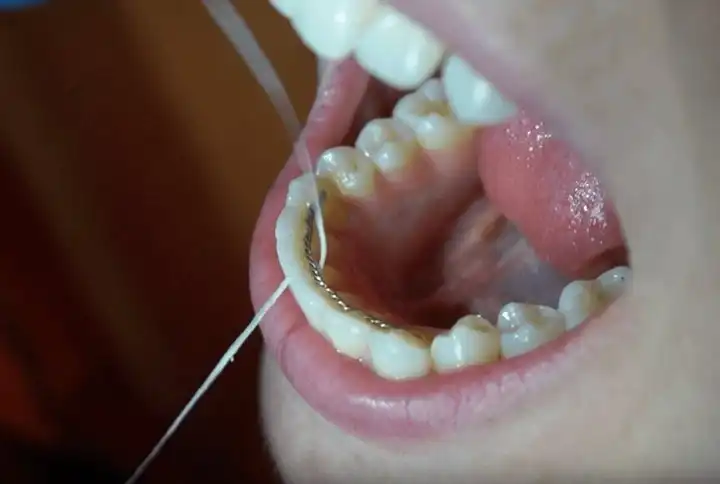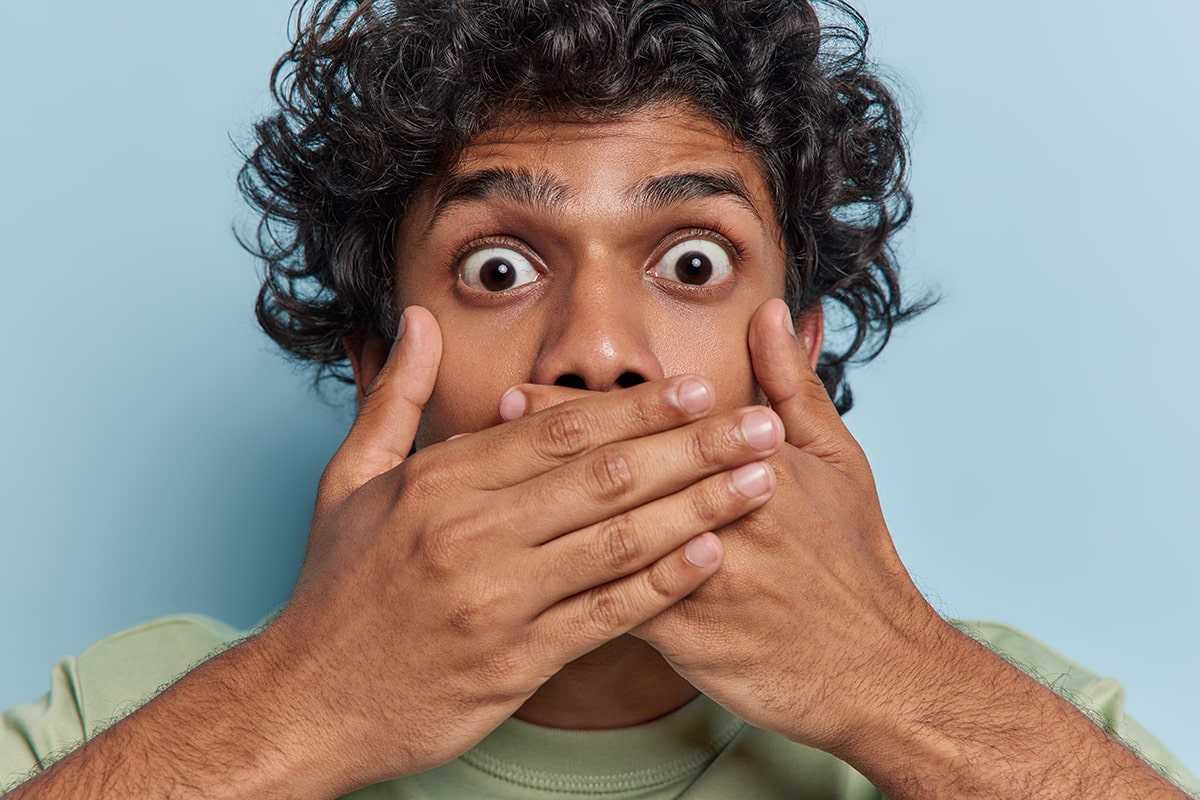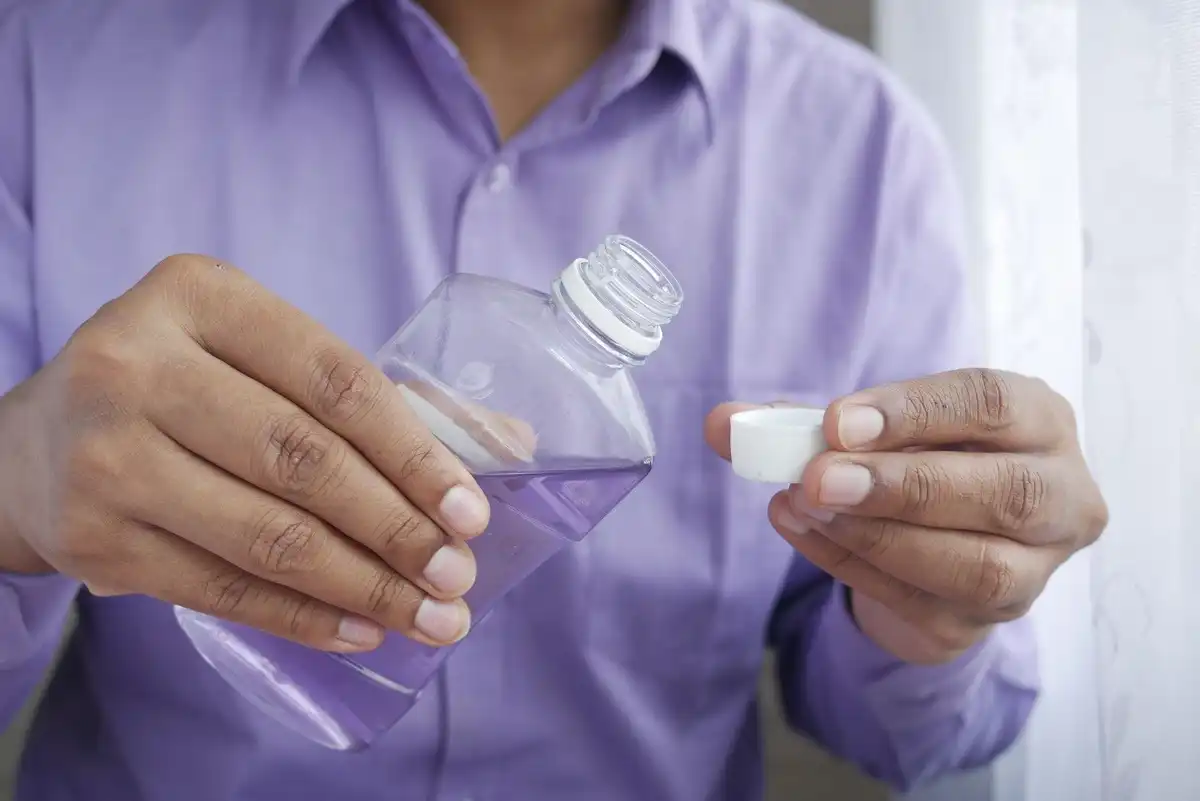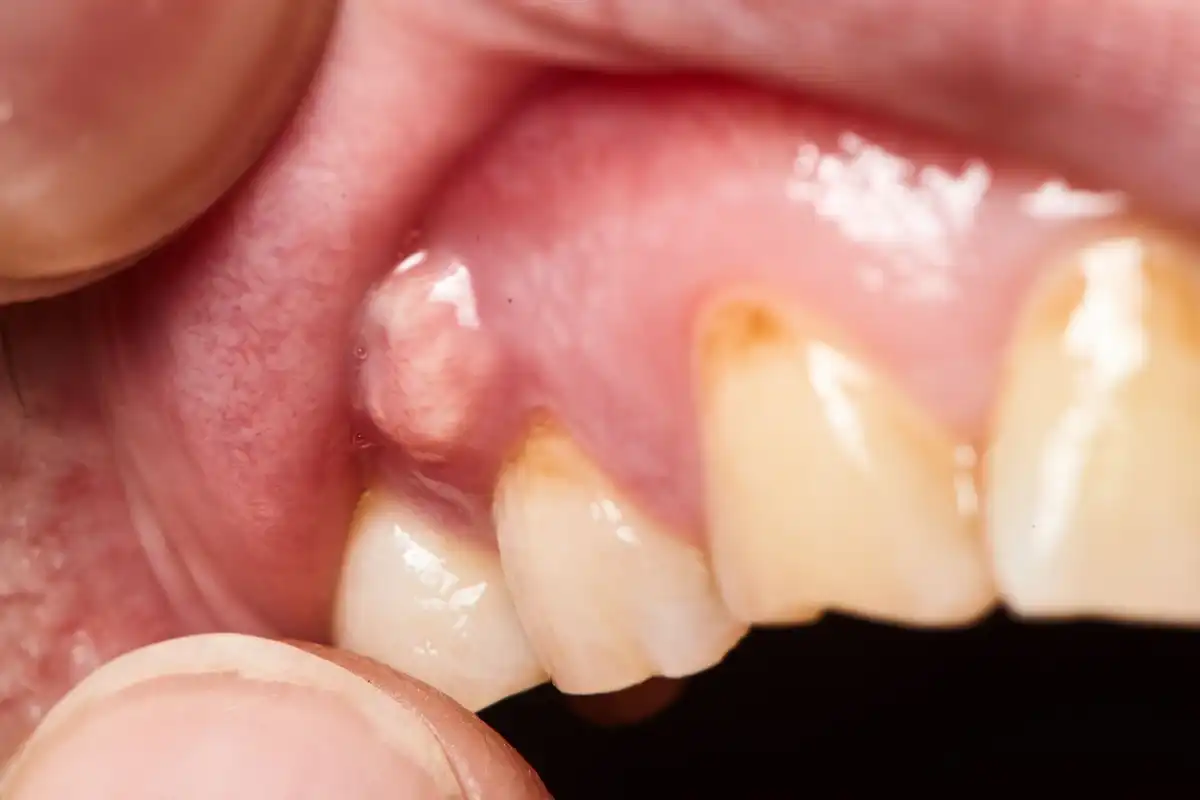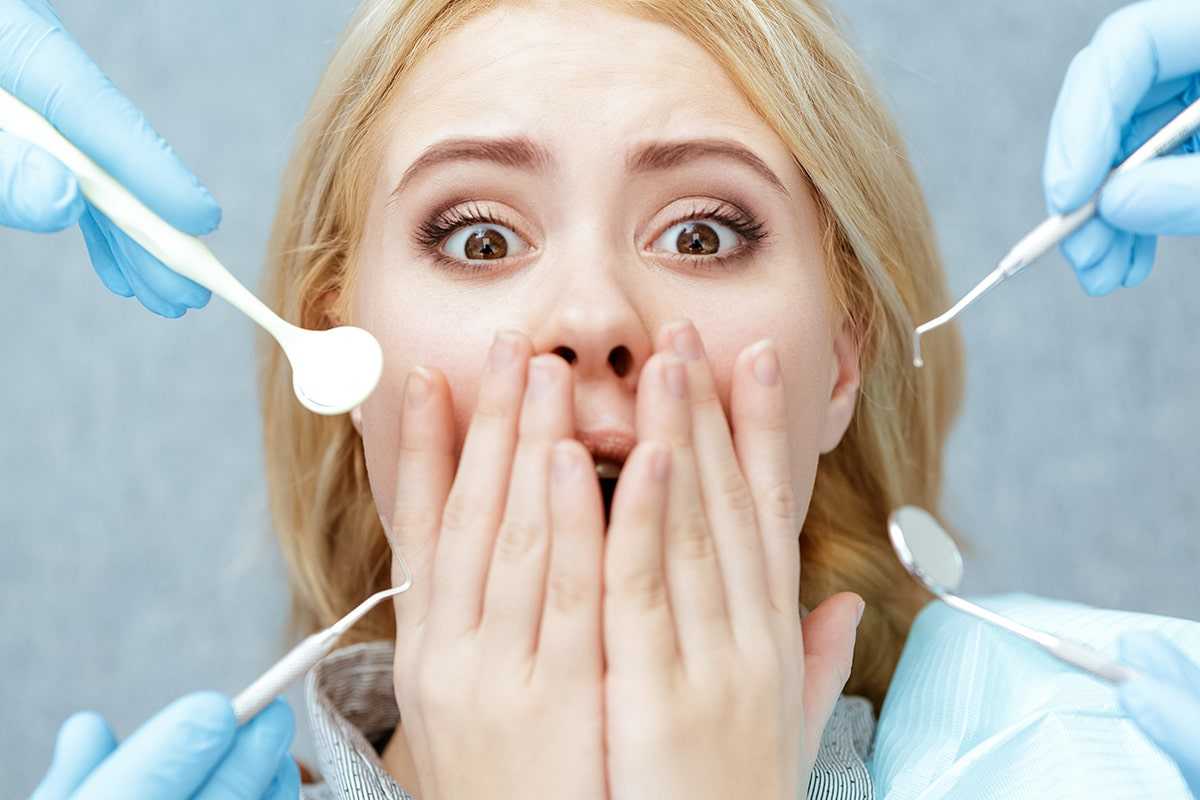Are Orthodontic Headgear Braces Worth it?

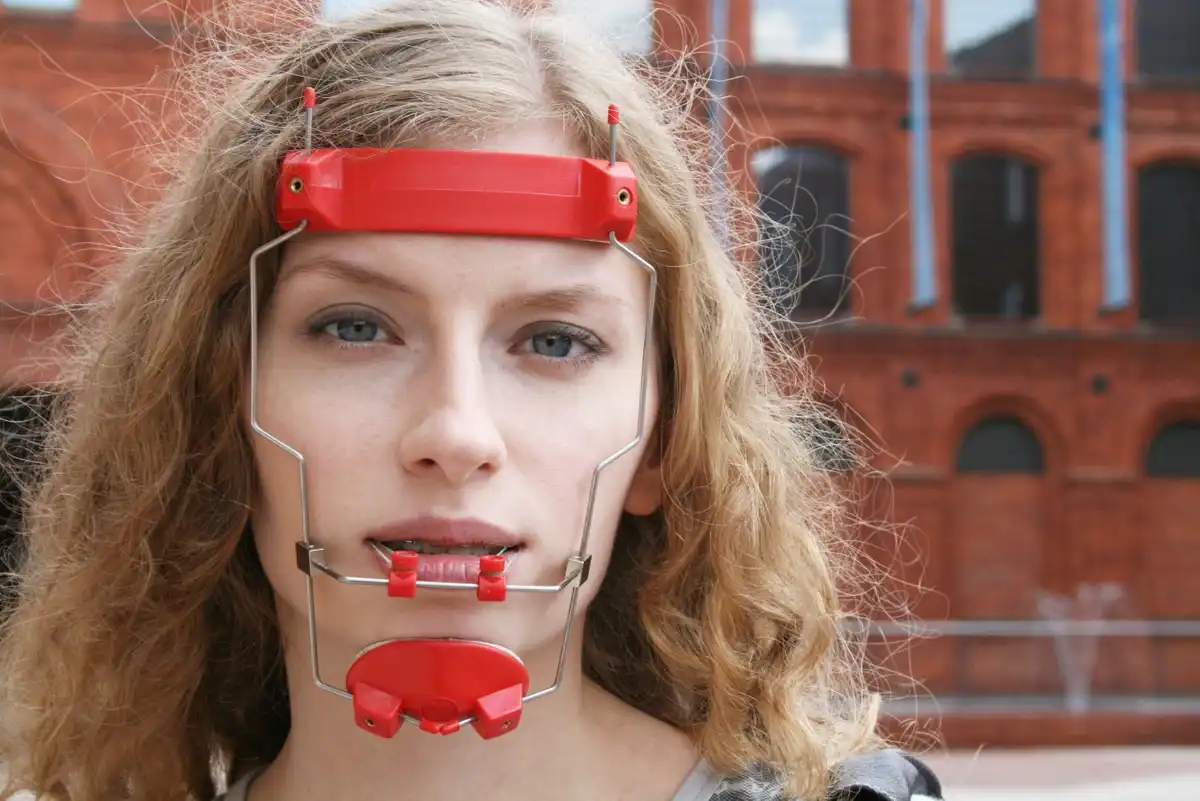
Do people still wear orthodontic headgear? Braces patients may not see people wearing headgear left and right like they did decades ago, but it’s not completely extinct. Even today, when your orthodontist uses modern headgear, braces can be more effective for severe malocclusion needs. When used, these oral appliances can lower the chances of needing jaw surgery or major treatments that can’t be corrected by just using braces.
Although orthodontic headgear is way less common, someone with a serious underjet, overbite, or deep bite may still need it from time to time.
Orthodontic Headgear
Since headgear provides an anchor to pull against, it’s possible to adjust “bigger” jaw and tooth positioning issues that require extra force to ensure proper movement.
There are different types of headgear, with some attaching behind the back of your neck and others attaching higher up, near the crown. Depending on which part of your mouth needs to be adjusted, the headgear selected will pull in that direction.
What Are Braces with Headgear?
Wearing headgear creates an anchor to pull teeth against and to modify jaw growth patterns. Since your skull doesn’t move, it makes a great structure to use for guiding your teeth. Especially when everything in your mouth is still growing, forming, developing, or moving.
With headgear, braces wearers don’t usually have to keep the appliance on all day long. You could compare it to using elastics or if you need TADs (a type of mini dental implant or screw), which serve a temporary purpose.
Do We Still Use Headgear Today? Why?
You might ask, “But why can’t the braces or other oral appliances move the teeth?”
Great question.
Orthodontic headgear works by pulling against other teeth would also move THOSE teeth. Using headgear eliminates the side-effect of unwanted tooth and jaw movement. That way your orthodontist can focus on a specific area of your mouth. Headgear is commonly used to correct:
- Underbite - headgear is used to gently pull the upper jaw forward, allowing it to align properly with the lower jaw bones
- Excessive horizontal overbite - severe cases where the upper and lower teeth don't touch (class II malocclusions) the upper jaw is biting significantly ahead of the lower jaw
- Crossbite - Reverse pull headgear shifts the upper jaw forward to realign it with your lower jaw
Today, TADs are extremely common and help reduce the need for wearing orthodontic headgear. TADs are like mini dental implants or screws that also provide an anchor for braces to pull against. But they don’t work on everything and some people just don’t make good candidates for them. Whereas with modern headgear, patients of all ages qualify.
How Long Do You Have To Wear It?
Depending on your specific oral anatomy, you may need to wear headgear longer or less often than someone else. Remember, headgear helps prevent the need for surgery, so it’s easier to sort of “tough it out” for a little while than it is to plan a major jaw reconstruction and weeks of recovery.
Your orthodontist will tell you when and how long to wear it. Be sure to wear it as directed, otherwise, you won’t see the results you’re looking for and may have to wear it even longer than originally planned.
What To Expect From Headgear
Great news. Headgear isn’t going to get in the way of your normal lifestyle. Sure, it’s going to catch some attention if you wear it out in public, but the streamlined design isn’t nearly as bulky as it was when your parents or grandparents were kids.
All of that being said, there are times when you should not wear your headgear and there are changes you’ll need to make to your daily routine. As long as you plan appropriately, you can still do what you love and eat what you want. Well, as long as it’s on your braces-approved list of foods.
1. How Long Do You Need To Wear It Each Day?
This is going to be unique to every single orthodontic patient. You may only need to wear your headgear for specific hours of the day. Such as overnight or putting it on immediately after you come home from school. Depending on your anatomy, your orthodontist might even ask that you wear it all day every day, removing it for meals, brushing, etc.
2. How To Overcome Wearing Headgear
Orthodontic headgear is a temporary appliance. Your orthodontist’s office will give you plenty of advice on how to fit and adjust it so that it’s comfortable to wear. By working your way up to wearing it for the prescribed length of time, you’ll get more accustomed to wearing it around the house. You might even feel confident enough to wear it at school (especially if you’re one of those people that doesn’t mind all the extra attention.) Take a deep breath: tooth or jaw soreness does not last forever!
3. Adjustment Period
At first, wearing orthodontic headgear or any other type of removable appliance is—to put it bluntly—probably going to drive you nuts. Whether it’s braces, a Herbst appliance, palatal expander, or even elastics, the first few days are probably going to be a bit irritating if not uncomfortable. Be patient with yourself and just give it time. Work your way up to the prescribed wear time and within about a week or two, it will feel as normal as it possibly can.
4. Setting New Rules
Even though headgear is removable, you’ll need to change some of your daily habits and routine. For example, don’t wear your headgear if you’re about to eat something or play a sport. Take it off, otherwise, you run the risk of a serious injury. Keep it stored in a secure place and put it back on afterward.
How To Sleep With Dental Headgear
If you’re lucky, you’ll only need to wear your headgear at night instead of the daytime. But adjusting to sleeping in orthodontic headgear isn’t easy, especially if you’re a side sleeper or tend to lay on your stomach.
Now comes the hard part. You’ll need to experiment with sleeping on your back and not moving your head to one side.
If your mouth tends to get a little sore and it’s hard to get to sleep, consider taking a Tylenol or Motrin about 20 minutes before you go to bed at night.
How To Brush With Headgear And Clean Headgear
You’ll want to clean your headgear just like any other type of oral appliance. Since it isn’t permanently attached to your mouth, you can remove it whenever it’s time for your normal oral hygiene routine.
- Remove your headgear at least twice a day to brush and floss like normal. Make sure you’re still using any floss threaders or a water flosser to clean between and around wires and brackets on your teeth
- Use a toothbrush and lukewarm, soapy water to clean any portions of the headgear that go inside your mouth
- Towel off your headgear or allow it to air dry, making sure to keep your device out of the reach of any pets or small children
- If the straps or other parts of the headgear are dirty, use warm soapy water and a soft washcloth to clean them off
Talk With an Orthodontist About a Brace with Headgear
In most cases, headgear holdings back the growth of the upper jaw helping prevent the need for major jaw surgery, assuming growth patterns are caught early enough. Orthodontists are experts when it comes to jaw development, tooth alignment, and growth modification. They will be able to tell you during your consultation if you’ll need headgear or if another option is available.
Wearing Orthodontic Headgear
Modern headgear is still used today, especially if someone has a major overbite, underbite, or deep bite. Using headgear reduces the chances of needing jaw misalignment surgery later on. Very few people need these appliances (especially now that TADs and Herbst appliances are available) but they still hold a purpose for people with major malocclusion and misaligned teeth issues. Always talk to an orthodontist or get a second opinion if you have any concerns.
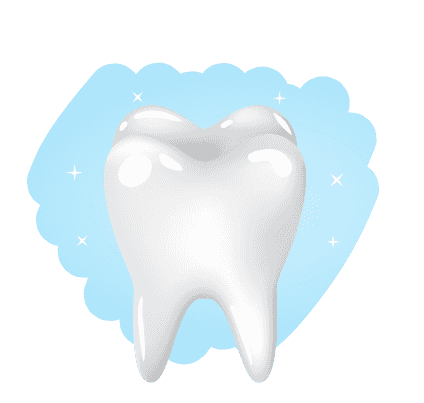
Make your inbox smile!
Subscribe

